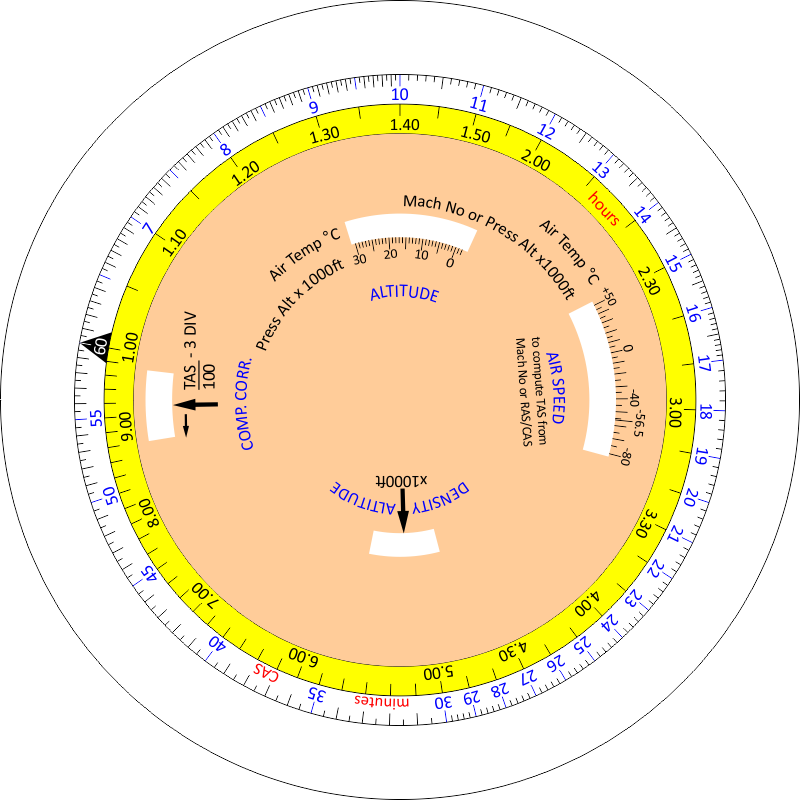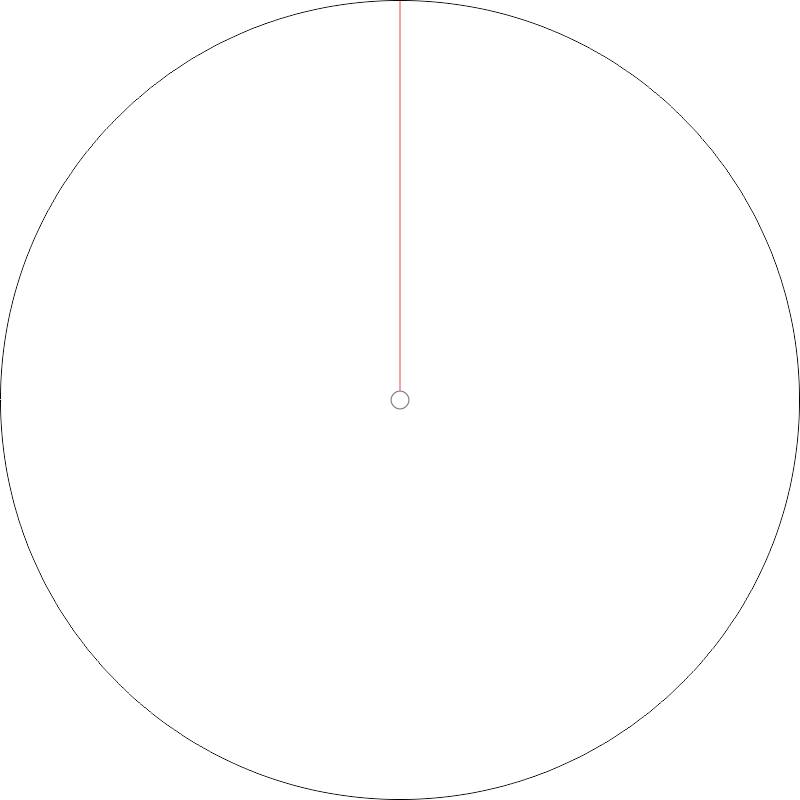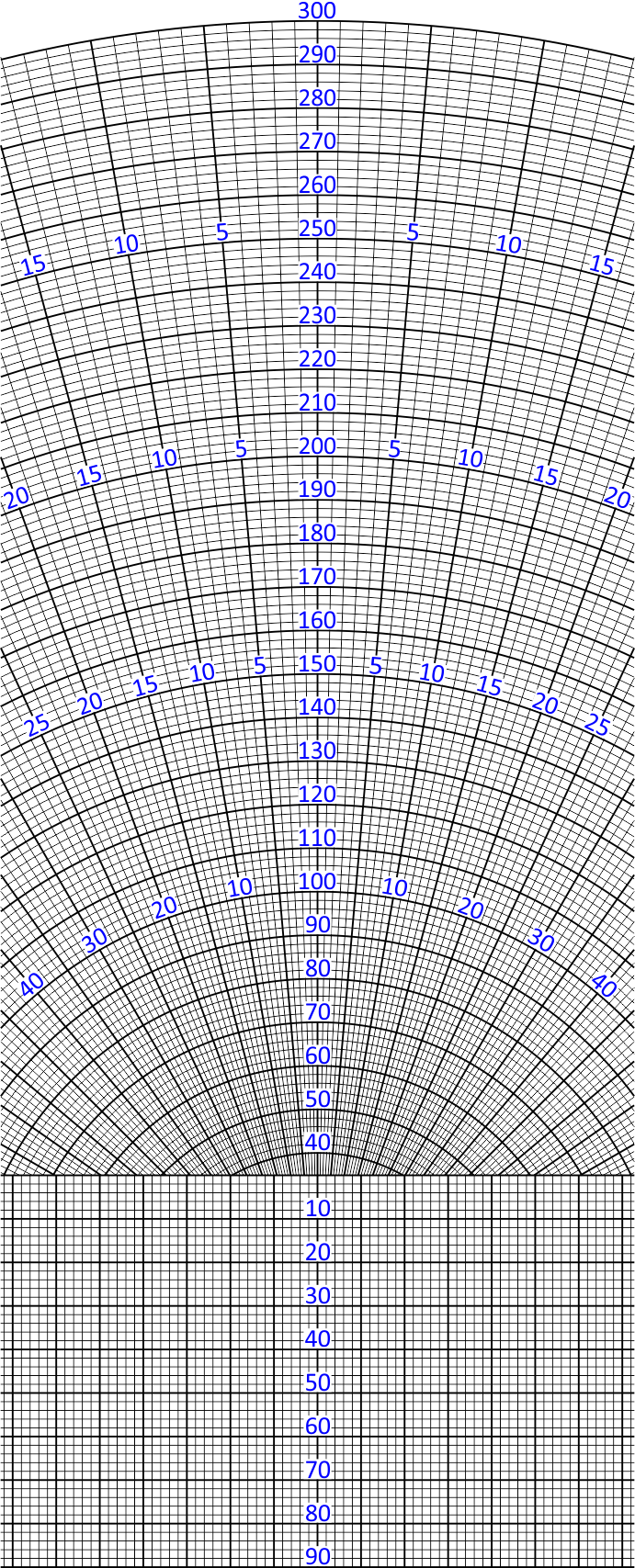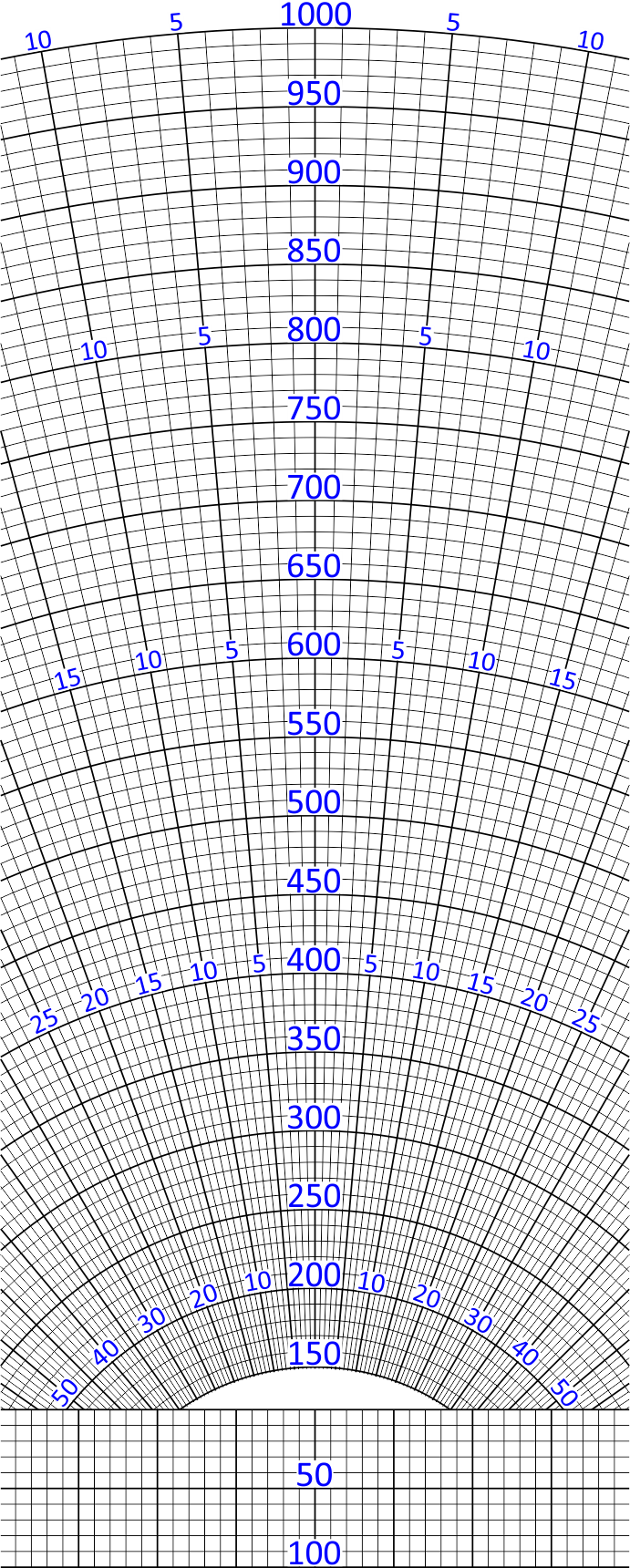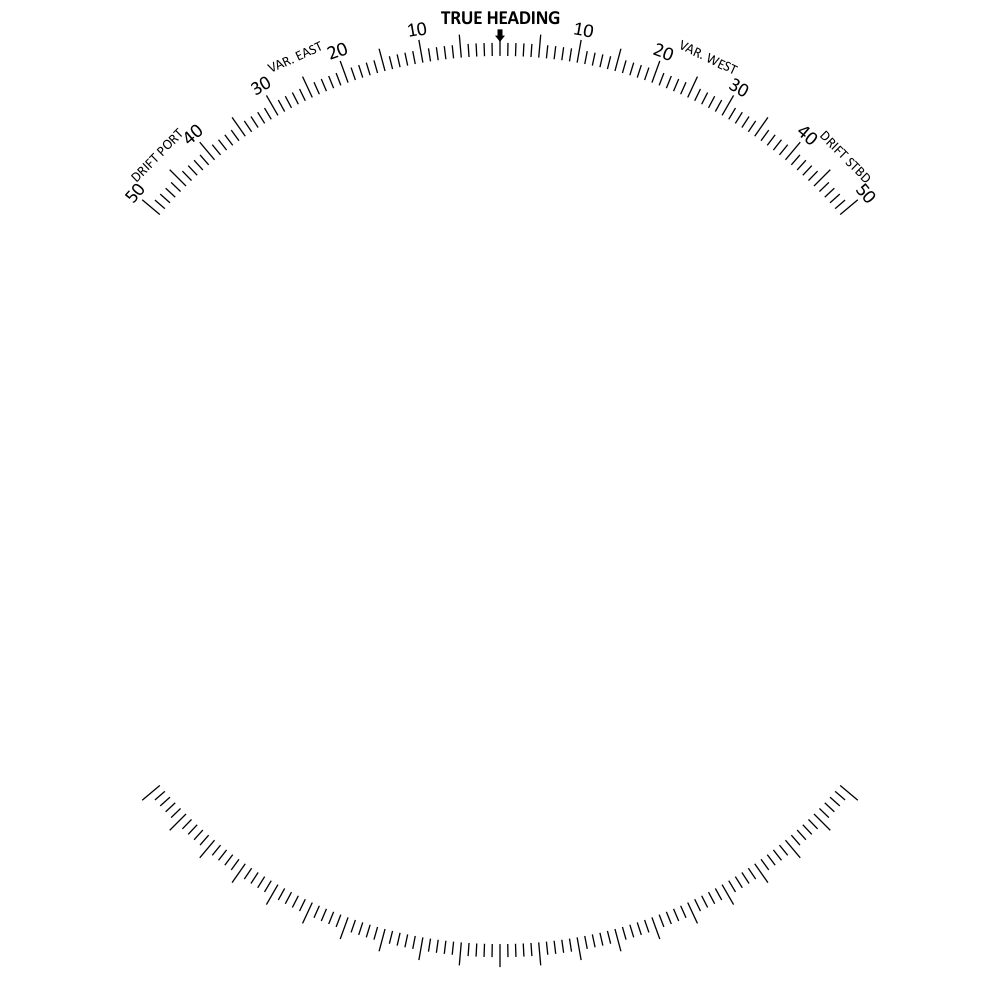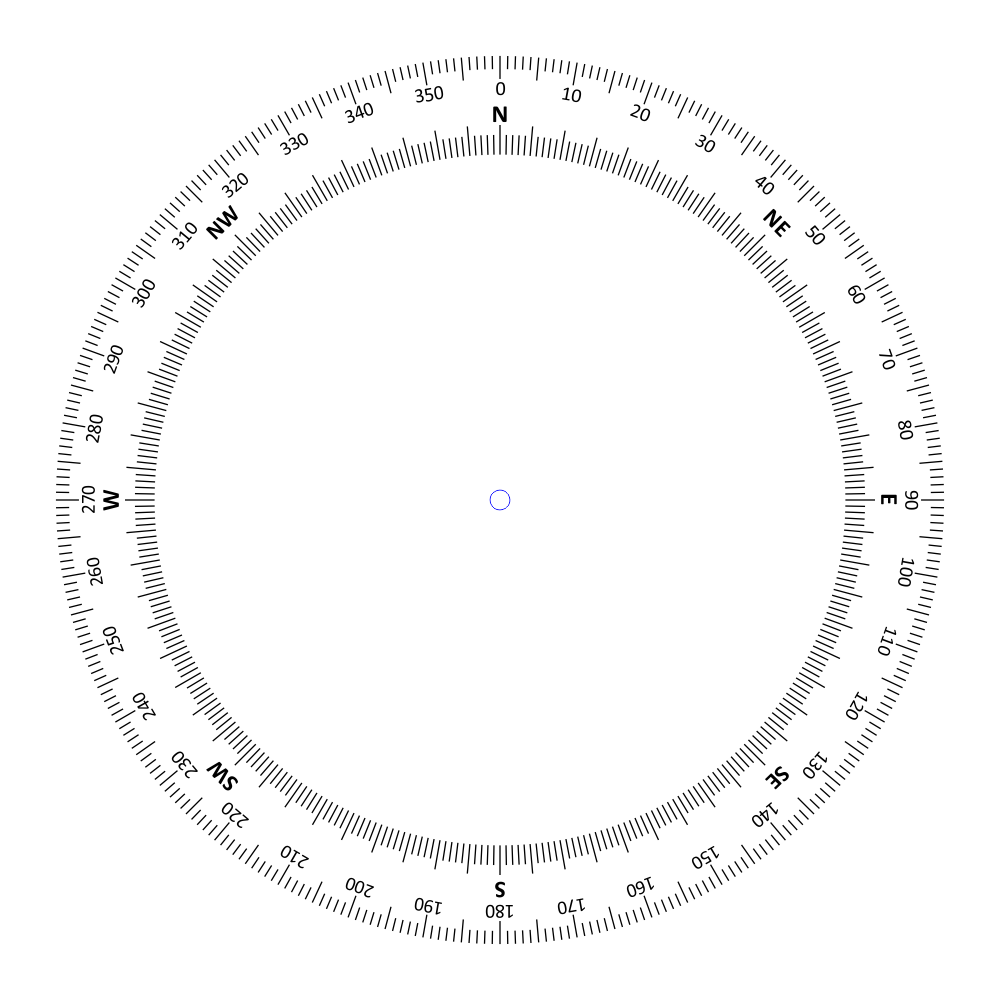The Navigation Computer is an analogue computer used to solve navigation and flight planning problems quickly and easily. The EASA regulations allow students to take the analogue computer of their choice into the General Navigation examination.
Navigation Computer calculations form a large part of the General Navigation EASA ATPL and Navigation PPL examination. Almost 25% of the exam comprises direct Navigation Computer questions and many of the other questions can often be solved faster with a Navigation Computer than by calculator. Rapid operation of the Navigation Computer is also fundamental to Flight Planning. It is essential that you learn to operate the Navigation Computer quickly and accurately. Those who do not make the effort to master it completely lose marks unnecessarily in exams.
We are pleased to offer you:
- a fully functional version of the Navigation Computer
- detailed instruction manual
- more than 200 exercises to consolidate skills
Create an account to use The Navigation Computer across multiple devices.
or to continueThe Navigation Computer: Exercises
MULTIPLY:
9 × 8 =
11 × 30 =
111 × 12 =
202 × 2.1 =
315 × 0.3 =
275 × 45 =
121.5 × 14 =
12 × 12 × 12 =
237 × 7 × 0.5 =
12 × 13 × 15 =
DIVIDE:
35 ÷ 7 =
210 ÷ 7 =
32 ÷ 8 =
325 ÷ 5 =
39 ÷ 60 =
275 ÷ 45 =
2705 ÷ 4.5 =
72960 ÷ 12 =
755 ÷ 0.8 =
20.2 ÷ 22 =
PROPORTIONING:
15 / 5 = 20 /
175 / 18 = 50 /
5 / 34 = 20 /
Your rate of descent is 270 metres per minute. How many minutes to descend through 2100 metres?
Your rate of descent is 270 metres per 2 minutes. How far do you descend in 5 minutes?
Complete the tabulations:
| Ground speed (kt) | Distance (NM) | Time (min) |
|---|---|---|
| 230 | 33 | |
| 175 | 234 | |
| 182 | 510 | |
| 145 | 15 | |
| 260 | 77 | |
| 200 | 51 | |
| 46.5 | 16.5 | |
| 231 | 97 | |
| 156 | 43 | |
| 320 | 3.5 |
| Fuel Flow | Time | Fuel Used |
|---|---|---|
| 140 litres/h | 1 h 20 min | |
| 2120 kg/h | 570 kg | |
| 3 h 25 min | 400 imp.gal | |
| 8.7 US.gal/h | 2 h 15 min | |
| 9800 lb/h | 5 h 20 min | |
| 165 kg/h | 420 kg | |
| 1 h 47 min | 1075 lbs | |
| 295 US.gal/h | 4 h 40 min | |
| 160 litres/h | 1 h 45 min | |
| 260 imp.gal/h | 1120 imp.gal |
| Nautical Mile | Statute Mile | Kilometre |
|---|---|---|
| 88 | ||
| 27 | ||
| 87 | ||
| 141 | ||
| 147 | ||
| 310 | ||
| 10000 | ||
| 433 |
| Metres | Feet |
|---|---|
| 1000 | |
| 29 | |
| 120 | |
| 356 |
| Litres | Imp.gal | US.gal | SG | kg | lb |
|---|---|---|---|---|---|
| 1000 | 0.78 | ||||
| 420 | 0.81 | ||||
| 800 | 0.84 | ||||
| 0.80 | 1000 | ||||
| 0.72 | 2000 |
| CAS | Pressure Altitude | SAT(°C) | TAS |
|---|---|---|---|
| 140 | 10000 | -10 | |
| 175 | 8000 | +5 | |
| 220 | 15000 | -22 | |
| 300 | 30000 | -40 | |
| 180 | 12500 | -25 | |
| 165 | 9000 | +7 | |
| 163 | 11000 | +10 | |
| 295 | 31000 | -53 | |
| 160 | 12000 | -10 | |
| 260 | 35000 | -45 |
| Mach No | SAT (°C) | TAS |
|---|---|---|
| 0.82 | -50 | |
| 0.66 | 375 | |
| -38 | 425 | |
| 0.77 | -60 | |
| 0.92 | 580 | |
| -47 | 415 |
| Ind Alt | SAT (°C) | True Alt |
|---|---|---|
| 10000 | -20 | |
| 18000 | -30 | |
| 6000 | +10 | |
| 27000 | -50 | |
| 21500 | -35 | |
| 8000 | +10 |
| Pressure Alt | SAT (°C) | Density Altitude |
|---|---|---|
| 10000 | +15 | |
| 6000 | +25 | |
| 27000 | -40 | |
| 23000 | -22 | |
| 25000 | -45 | |
| 29000 | -38 |
To calculate track and ground speed:
1. Set wind direction under true heading index.
2. Mark in wind dot on centre line of computer BELOW centre dot at a distance
equal to wind speed scale to scale.
3. Set true heading at true heading index.
4. Set TAS under centre dot.
THE COMPUTER IS NOW SET UP CORRECTLY WITH HEADING AT THE TRUE HEADING INDEX. DO NOT DISTURB THE SETTINGS.
5. Read off drift under wind dot.
6. Read off track on circular scale beneath drift on drift scale.
7. Read off ground speed beneath wind dot.
| HDG°(T) | W/V | TRACK MADE GOOD°(T) | TAS | GS |
|---|---|---|---|---|
| 273 | 230/40 | 150 | ||
| 181 | 150/30 | 90 | ||
| 054 | 350/28 | 88 | ||
| 084 | 255/55 | 210 | ||
| 141 | 280/35 | 190 | ||
| 274 | 030/40 | 150 | ||
| 213 | 060/35 | 150 | ||
| 029 | 090/40 | 170 | ||
| 305 | 350/16 | 100 | ||
| 187 | 270/60 | 110 | ||
| 310 | 045/45 | 320 | ||
| 138 | 125/50 | 390 | ||
| 253 | 180/70 | 415 | ||
| 131 | 210/40 | 485 | ||
| 100 | 315/55 | 480 | ||
| 270 | 315/55 | 110 | ||
| 200 | 125/50 | 210 | ||
| 180 | 210/40 | 135 | ||
| 140 | 180/70 | 170 | ||
| 093 | 045/45 | 210 | ||
| 103 | 060/35 | 240 | ||
| 237 | 270/60 | 205 | ||
| 343 | 030/40 | 350 | ||
| 030 | 350/16 | 390 | ||
| 315 | 280/35 | 375 | ||
| 145 | 090/40 | 420 | ||
| 290 | 255/55 | 490 | ||
| 191 | 150/30 | 480 | ||
| 257 | 350/28 | 475 | ||
| 157 | 230/140 | 460 |
To calculate the wind velocity:
1. Set true heading at the heading index.
2. Set TAS under the centre dot.
3. Read off drift on drift scale opposite track on circular scale.
4. Mark in wind dot at intersection of ground speed and drift line.
5. Rotate face until wind dot lies on centre line BELOW centre dot.
6. Read off wind direction at true heading index and wind speed to scale.
| HDG°(T) | W/V | TRACK MADE GOOD°(T) | TAS | GS |
|---|---|---|---|---|
| 209 | 219 | 150 | 134 | |
| 270 | 266 | 180 | 202 | |
| 223 | 224 | 206 | 246 | |
| 069 | 079 | 138 | 124 | |
| 299 | 293 | 125 | 120 | |
| 167 | 162 | 202 | 190 | |
| 213 | 231 | 85 | 80 | |
| 014 | 005 | 200 | 218 | |
| 330 | 348 | 90 | 90 | |
| 179 | 168 | 196 | 226 | |
| 098 | 100 | 310 | 338 | |
| 091 | 080 | 440 | 435 | |
| 050 | 055 | 398 | 415 | |
| 351 | 340 | 393 | 405 | |
| 288 | 292 | 434 | 462 | |
| 276 | 281 | 335 | 316 | |
| 280 | 275 | 430 | 435 | |
| 291 | 292 | 330 | 360 | |
| 097 | 095 | 343 | 322 | |
| 056 | 055 | 287 | 320 | |
| 108 | 109 | 480 | 530 | |
| 176 | 171 | 428 | 438 | |
| 270 | 265 | 335 | 308 | |
| 248 | 243 | 406 | 332 | |
| 247 | 252 | 380 | 352 | |
| 200 | 202 | 435 | 403 | |
| 198 | 202 | 340 | 325 | |
| 275 | 275 | 435 | 395 | |
| 274 | 275 | 290 | 270 | |
| 321 | 326 | 338 | 280 | |
| 045 | 061 | 285 | 305 | |
| 196 | 205 | 210 | 245 | |
| 311 | 295 | 482 | 435 | |
| 011 | 358 | 198 | 211 | |
| 355 | 008 | 248 | 270 | |
| 111 | 115 | 120 | 114 | |
| 228 | 245 | 460 | 505 | |
| 175 | 168 | 121 | 114 |
Multi-drift Winds
1. TAS = 180 knots
| Heading | Drift |
|---|---|
| 130 | 6°P |
| 070 | 4°P |
| 190 | 2°P |
W/V
2. TAS = 150 knots
| Heading | Drift |
|---|---|
| 045 | 3°S |
| 345 | 6°P |
| 105 | 8°S |
W/V
3. TAS = 120 knots
| Heading | Drift |
|---|---|
| 270 | 2°S |
| 210 | 12°S |
| 330 | 9½°P |
W/V
4. TAS = 165 knots
| Heading | Drift |
|---|---|
| 100 | 2°P |
| 040 | 14°P |
| 160 | 12°S |
W/V
Wind Components
1. An airfield has runways 18/36 and 07/25, all of equal length. The TAF W/V is 310/25. Variation is 20°E. Which will be the best R/W for take-off and landing?
RW
2. In the Question 1 situation, what will be the head and crosswind components on this runway?
head: cross:
3. An aircraft requires 10 knots headwind component for take-off. The crosswind limit for the aircraft is 20 knots. The only runway available is 25. The ATIS W/V is 290/10G40. What are the minimum and maximum wind speeds for take-off?
min: max:
4. On a particular take-off, you can accept up to 10 knots tailwind. The runway QDM is 047, the variation is 17°E and the ATIS gives the wind direction as 210. What is the maximum wind strength you can accept?
knots
Show answers
The Navigation Computer: Manual
Slide Rule Face
Distance, Speed, Time and Conversions
- Introduction
- Distance, Speed and Time
- The Yellow Scale
- Fuel Consumption
- Distance Conversions
- Volume Conversions
- Volume to Weight
TAS and Altitude Conversions
- TAS and Altitude Conversions
- Airspeed Indicator Errors - Application of Corrections
- Calculation of TAS from CAS - Correction of Density Error
- Correction of Compressibility Error
- Calculation of TAS from Mach Number
- Calculation of True Altitude from Indicated Altitude and Temperature
- Calculation of Density Altitude from Pressure Altitude and Temperature
Triangle of Velocities
- The Wind Face of the Navigation Computer
- The Effect of Wind
- The Triangle of Velocities
- A Practical Example
Calculation of Heading and Wind Finding
- Uses of the Wind Face
- Solving for Heading and Ground Speed
- Changing Drift
- Balancing the Drift
- Wind Finding

